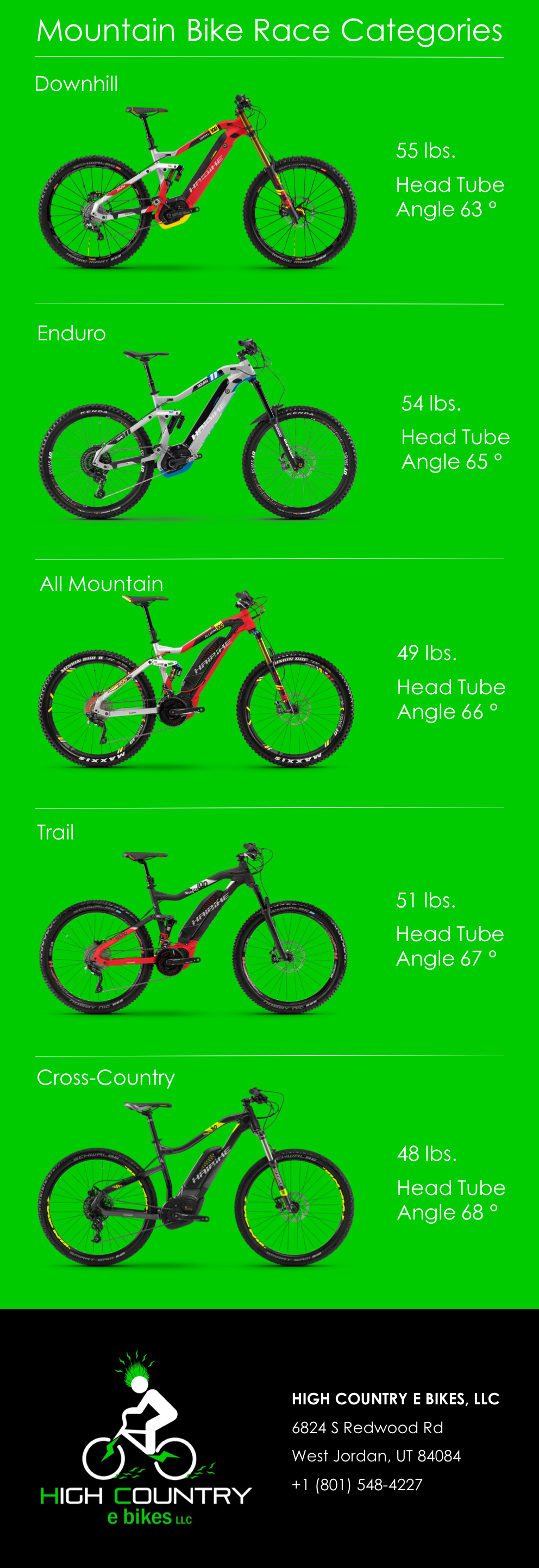A Beginner'S Overview To E-Bike Regulations And Laws In Your City
A Beginner'S Overview To E-Bike Regulations And Laws In Your City
Blog Article
Web Content Writer-Spivey Willumsen
Prior to you get on your e-bike and hit the streets, it's critical to understand the laws and policies that regulate your city. From rate limitations to designated riding locations, there's a whole lot to consider to guarantee you're compliant and risk-free. By familiarizing on your own with the regulations details to e-bikes, you'll be much better geared up to enjoy your trips with no unforeseen lawful issues. Stay tuned to discover vital understandings that will certainly help you navigate the e-bike landscape in your city flawlessly.
Understanding E-Bike Category
When it involves navigating the world of e-bike legislations and laws, an essential beginning point is understanding the category system that categorizes these electrical bikes. E-bikes are commonly categorized right into 3 primary classifications: Class 1, Course 2, and Class 3.
Class 1 e-bikes are pedal-assist only, implying they give support while the biker is pedaling and have a maximum speed of 20 miles per hour. These bikes are admitted locations where standard bikes are allowed.
Class 2 e-bikes are equipped with a throttle that can move the bike without pedaling. They likewise have a maximum speed of 20 mph and are suitable for riders that may need support without pedaling continually.
Class 3 e-bikes are similar to Course 1 yet with a higher maximum speed of 28 mph. These bikes are frequently restricted from particular bike paths or routes due to their higher rates.
Comprehending these categories is crucial for adhering to regional guidelines and making certain a safe and delightful e-biking experience.
Browsing Rate Restrictions and Restrictions
To efficiently navigate e-bike legislations and policies, it's critical to understand the rate limitations and restrictions that put on different courses of electrical bicycles.
Speed limits for e-bikes vary relying on the classification of the bike. https://fat-ebike31976.luwebs.com/32851439/the-next-generation-of-commuting-the-effect-of-electric-bikes-on-urban-movement -bikes, which are pedal-assist just and have a maximum speed of 20 mph, are normally permitted on bike lanes and paths.
https://www.bikeradar.com/news/tern-orox-cargo-bike -bikes, which have a throttle in addition to pedal-assist and likewise reach rates of up to 20 miles per hour, may be restricted in certain locations where motorized vehicles aren't allowed.
Class 3 e-bikes, with pedal-assist up to 28 mph, are typically called for to follow the exact same rules as traditional bicycles.
It is essential to follow these rate limits and restrictions to ensure your security and the safety and security of others on the road. Before riding your e-bike, acquaint yourself with the details policies in your city to prevent any kind of possible fines or lawful problems.
Where to Ride Your E-Bike
To identify where you can ride your e-bike, it's essential to recognize the policies and standards particular to your place. In a lot of locations, e-bikes are commonly allowed on roads and streets where conventional bikes are allowed. This might include bike lanes, bike courses, and shared highways. However, it's critical to inspect regional laws as some cities might have certain limitations on where e-bikes can be ridden.
When riding your e-bike, constantly focus on safety and security by complying with traffic regulations and respecting pedestrian sidewalks. Additionally, be mindful of any type of assigned bike lanes or paths in your area and utilize them whenever possible to guarantee a smoother and much safer adventure.
Some cities additionally have guidelines relating to e-bike use on walkways, so see to it to familiarize yourself with these policies to avoid any type of fines or penalties.
Conclusion
Since you know with the regulations and laws surrounding e-bikes in your city, you can with confidence hit the trail recognizing where you can ride and what limitations relate to your e-bike classification. Bear in mind to always prioritize security and follow the regulations to ensure a smooth and legal adventure. Delighted riding!
